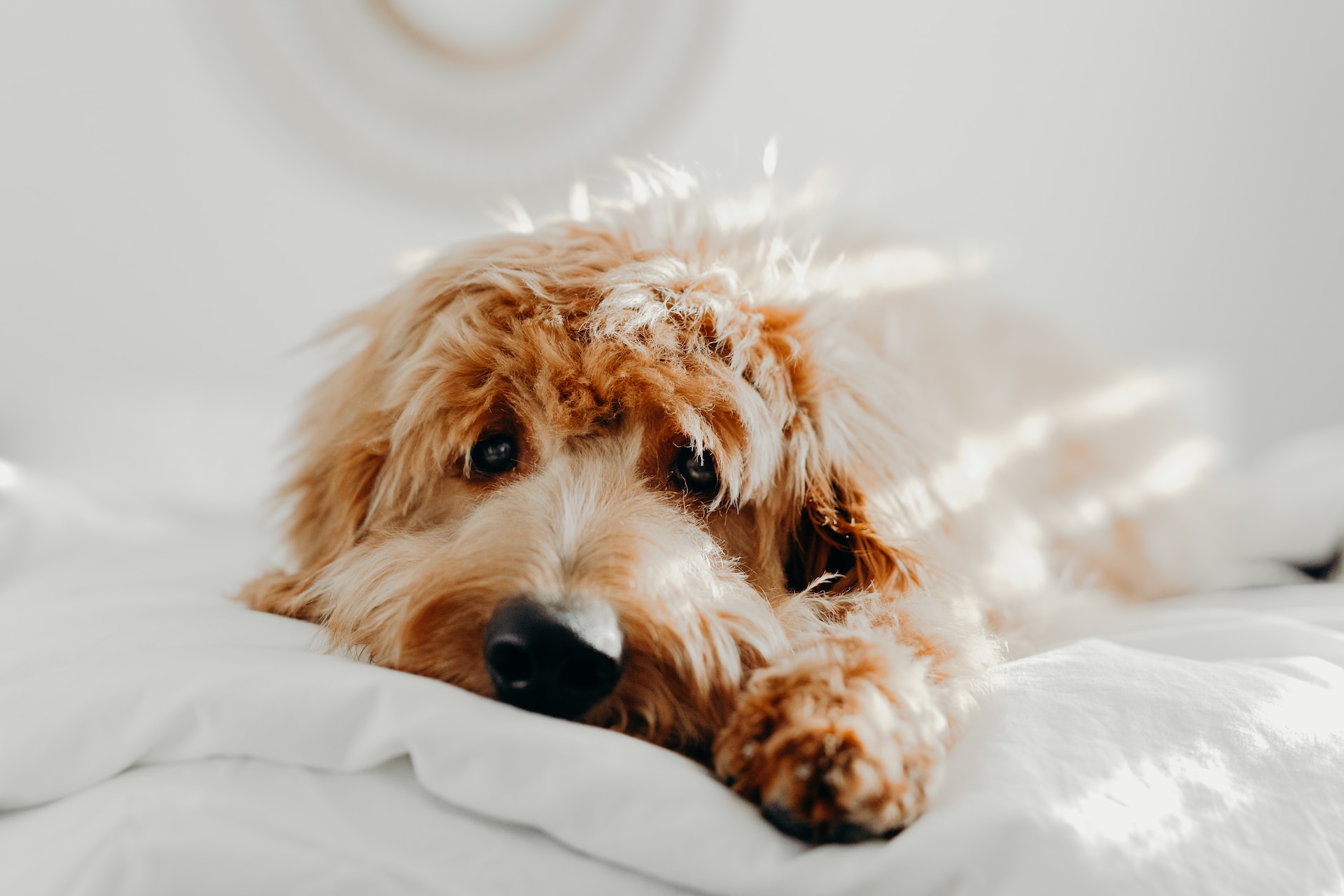
11 Jan What If My Pet Can’t Open Their Mouth?
Although it’s not very common, sometimes a cat or dog may not be able to open their mouth fully. Not only is that inconvenient, but it can also be painful and potentially dangerous. The inability to open the mouth can make it difficult to eat and drink. An animal who is vomiting must open their mouth to avoid inhaling the stomach contents. And dogs need to open their mouth fully to pant and regulate their temperature.
Why Can’t My Dog Open Their Mouth?
There are many reasons why a cat or dog might be unable to open their mouth. We can divide them into two main categories: bone and soft tissue. Some causes are very painful, and you might notice your pet wincing or vocalizing when trying to yawn. Other causes may result in more subtle signs such as difficulty picking up larger toys. If you think your pet’s mouth opening is restricted, never try to force it open. Instead, seek help from a veterinarian.
Bone Issues
In the bone category, there are two primary examples of inability to open the mouth. One is caused by trauma and the other is congenital. If any animal, particularly a young growing kitten or puppy, gets a fracture of the back of the lower jaw, the cheekbone, or the temporomandibular joint (TMJ), some of the bone may be displaced. If not treated, the fracture will try to heal and that can create interference with jaw movement. In the example below, the puppy’s cheekbone was fractured and pushed inwards. As the lower jaw opens, the vertical portion of it (called the coronoid bone) must swing forward. In this example, the coronoid was hitting the displaced piece of cheekbone.

In the case below, the lower jaw is much shorter than normal, also causing interference when the coronoid moves. It is not known if this was a congenital problem or due to trauma at a young age. There have been cases reported of Boxers and other large, short-faced breeds where the jaw opening is limited because the coronoid contacts the upper jaw as the mouth opens, even though both are shaped normally. Some dogs or cats who have fractures involving the TMJ, may end up with the joint fused as the body tries to heal the fracture. In any of these cases, surgery can be performed to allow the mouth to open more normally.

Soft Tissue Problems
Reasons for the inability to open the mouth due to soft tissue problems are varied. Pain from severe ear disease can cause an animal to choose not to open their mouth fully. Under anesthesia, the mouth can still be opened. Diseases that affect the tissue under the eye (called the retrobulbar space) include abscess, tumor or (in the dog) inflammation of the zygomatic salivary gland. These are all generally painful and will limit mouth opening. A CT scan or sometimes ultrasound can be used to identify these problems.
Masticatory Muscle Myositis
The most improbable sounding cause of the inability to open the mouth is a disease called masticatory muscle myositis. In this disease, the body forms antibodies against the muscles that close the mouth. Initially, this causes pain and swelling but then can progress to severe atrophy of the muscles. The atrophied muscles are no longer able to stretch to allow the mouth to open. This is thankfully a rare disease. It can require a combination of CT, blood tests, and muscle biopsy to diagnose. The treatment is to use immune suppressant medications, which can have significant side effects. It is important to have the correct diagnosis before treatment, and not all patients recover fully.
Board-Certified Veterinary Dentist in Fort Collins, Colorado
In any of these cases, the inability to open the mouth can make it more challenging to anesthetize a pet safely. If you suspect that your pet has decreased ability to open the mouth, please reach out to Animal Dental Care & Oral Surgery in Fort Collins. We can help you get the correct diagnosis and treatment for your dog or cat.
Images used under creative commons license – commercial use (1/11/2024). Photo by Brooke Cagle on Unsplash



